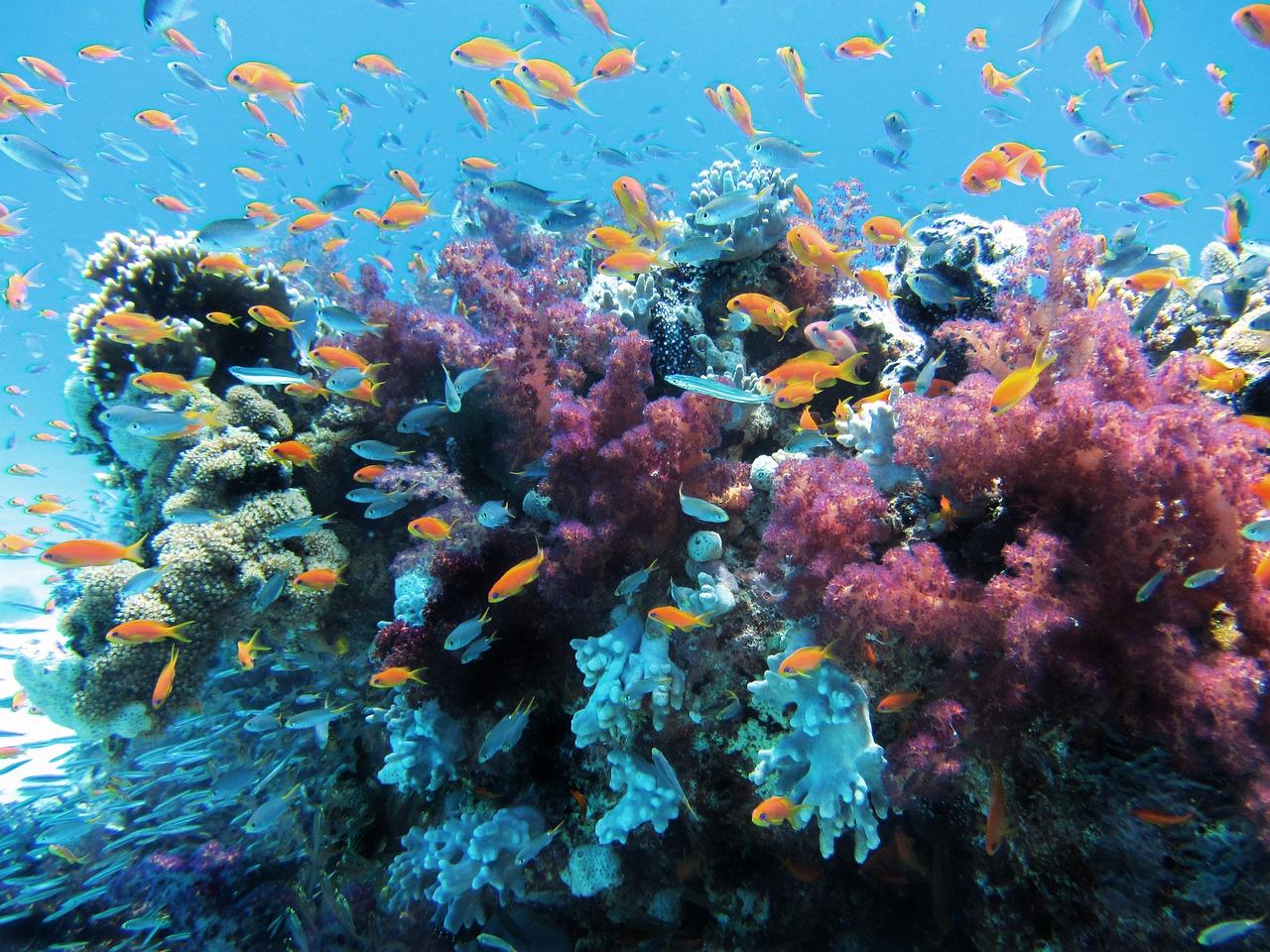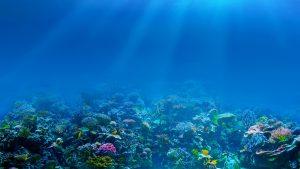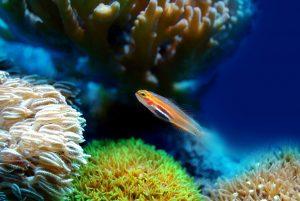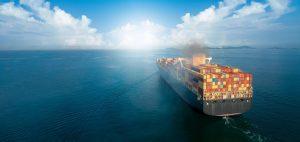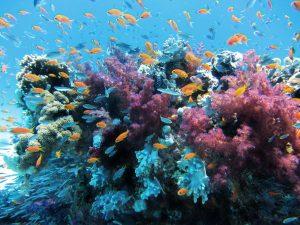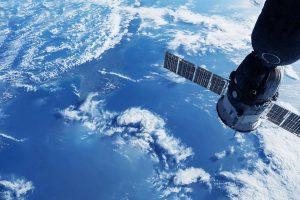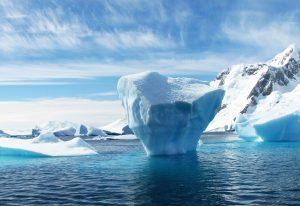In the vast expanse of our oceans, a silent yet urgent battle is unfolding—a battle for the preservation of marine life in the face of unprecedented challenges. From bleached coral reefs to plastic pollution, the signs of distress are unmistakable. In response, there has been a notable surge in the establishment of marine protected areas (MPAs) worldwide, signaling a collective commitment to safeguarding our seas.
The Rise of Marine Protected Areas
In recent years, the proliferation of marine protected areas has been a beacon of hope amidst the ocean’s crisis. These designated zones serve as sanctuaries for marine life, providing vital habitats for biodiversity to thrive. Among the most distinguished of these MPAs are the recipients of the annual Blue Park award, conferred by the Marine Conservation Institute.
Celebrating Blue Parks: Champions of Conservation
Among the latest recipients of the Blue Park award are Tristan da Cunha, Gitdisdzu Lugyeks in Canada, and Siete Pecados Marine Park in the Philippines. These exemplary parks join a global network of 30 distinguished MPAs, each contributing to the preservation of critical habitats and the promotion of biodiversity conservation.
Challenges and Opportunities
While the establishment of MPAs represents a significant stride forward, challenges persist in their effective management and implementation. Transboundary conservation efforts require cooperation and coordination among neighboring states, often spanning national boundaries. Despite these challenges, success stories abound, demonstrating the potential for collaborative action in the realm of marine conservation.
The Promise of Transboundary Conservation
Transboundary marine protected areas, also known as marine peace parks, offer a unique opportunity to foster cooperation and peace among neighboring countries. Examples such as the Red Sea Marine Peace Park and the Turtle Islands Heritage Protected Area underscore the potential of MPAs to not only protect marine ecosystems but also promote diplomatic ties and regional stability.
Charting a Course Towards Sustainability
In the face of mounting environmental threats, the ocean science community and coastal nations are actively engaged in addressing pressing issues such as climate change, plastic pollution, and overfishing. Through concerted efforts and collaborative action, we can chart a course towards a more sustainable future for our oceans and the communities that rely on them.
Protecting Our Blue Planet
As we navigate the complexities of marine conservation, one thing remains clear: the ocean’s fate is intricately linked to our own. By championing the establishment of marine protected areas and fostering international cooperation, we can work together to safeguard our seas for generations to come. Let us rise to the challenge, united in our commitment to protecting our blue planet.

